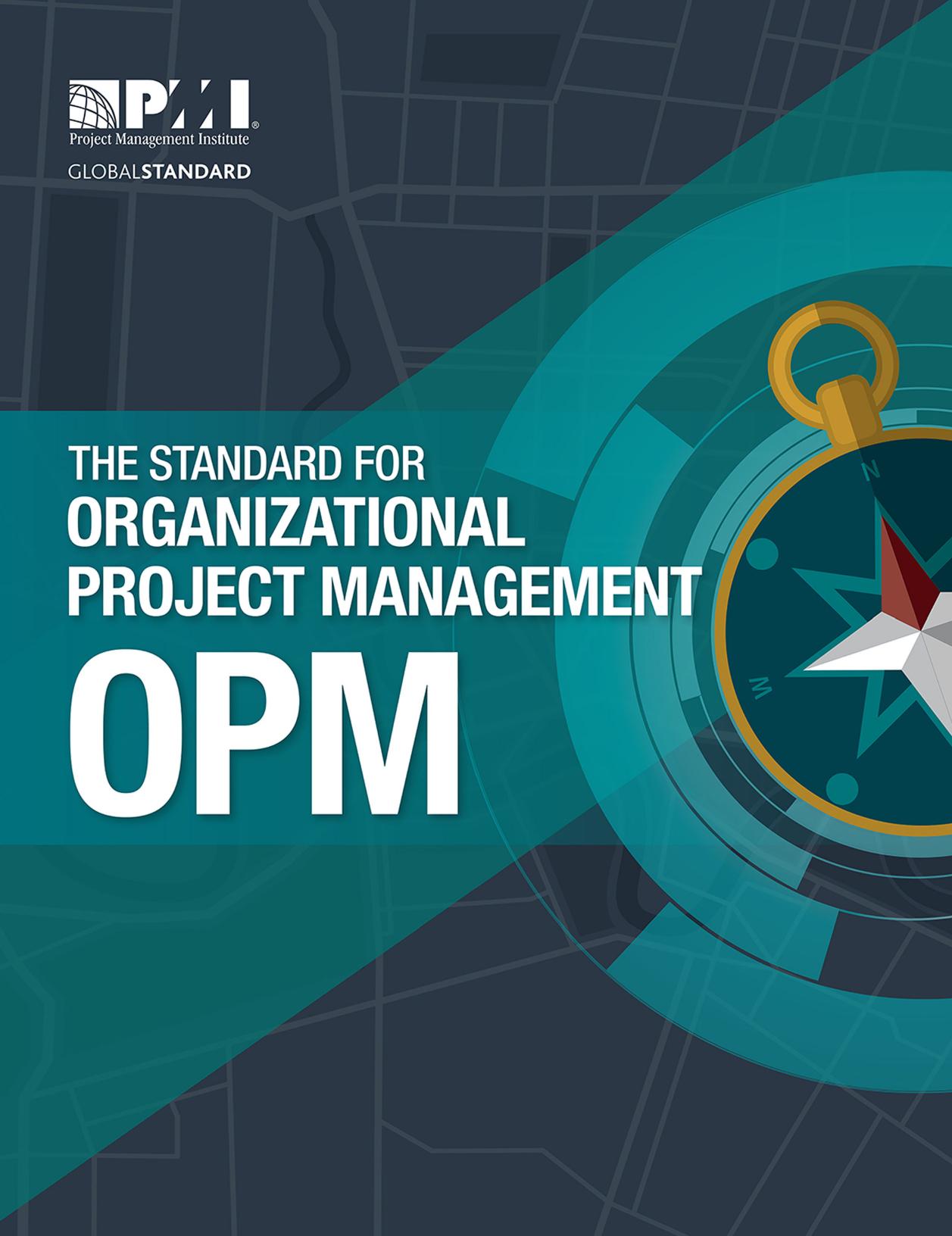The Standard for Organizational Project Management (OPM) by Project Management Institute

Author:Project Management Institute
Language: eng
Format: epub, mobi, pdf
Publisher: Project Management Institute
5.3 DEFINE ROLES AND THE PROGRAM ORGANIZATION
The need for OPM implementation could be the result of organizational environmental factors such as organizational changes (e.g., reorganization, growth, mergers, or acquisitions), changes in strategic direction, enhanced pressure from competition, regulatory compliance, corporate policies, or market challenges. The need may also arise due to shortfalls in the existing OPM framework or due to earlier attempts to implement OPM that did not deliver the expected outcomes or successful transformation evidenced by benefits sustainment. OPM implementation initiatives also typically involve a significant transformation of the organization's culture, especially in organizations at the initial stages of OPM implementation.
Stakeholder engagement is complex, and ongoing operations should continue without disruption while the organization undergoes change. As OPM initiatives are transformational, effective selection of program governance, sponsorship, and the core program team are important elements for initiative success. To achieve success, in addition to selecting the program organization with the right competency and roles, the most important attributes to be considered in program leadership selection are the proper influence, authority, and control to manage organizational change.
Organizational change should be planned, managed, and realized at a similar level to the technical process aspects of OPM. This concurrent focus on organizational change and OPM process implementation requires a significant amount of stakeholder engagement to adopt the new OPM processes and tools. It also requires an active leadership role within the OPM initiative governance model that participates in defining the requirements that reflect the user's perspective in order to enhance transition, adopt a new way of working, and ensure sustainable benefits realization. In cases where an organizational entity exists that has responsibility for OPM performance, such as a project/program management office (PMO) or organizational excellence function, this department or office may be the logical choice to manage an OPM implementation program. The PMO, however, is typically not the target audience for most of the transformation. The ongoing operations or business-as-usual organization that actually uses the new OPM capabilities should have an active leadership role in planning, execution, and ownership of the transition and benefits realization phases. This is discussed further in Section 5.3.5. An example of an OPM implementation program organization is shown in Figure 5-1.
Download
The Standard for Organizational Project Management (OPM) by Project Management Institute.mobi
The Standard for Organizational Project Management (OPM) by Project Management Institute.pdf
This site does not store any files on its server. We only index and link to content provided by other sites. Please contact the content providers to delete copyright contents if any and email us, we'll remove relevant links or contents immediately.
Hit Refresh by Satya Nadella(8851)
The Compound Effect by Darren Hardy(8504)
Change Your Questions, Change Your Life by Marilee Adams(7368)
Nudge - Improving Decisions about Health, Wealth, and Happiness by Thaler Sunstein(7238)
The Black Swan by Nassim Nicholas Taleb(6761)
Deep Work by Cal Newport(6561)
Daring Greatly by Brene Brown(6221)
Rich Dad Poor Dad by Robert T. Kiyosaki(6174)
Principles: Life and Work by Ray Dalio(5953)
Man-made Catastrophes and Risk Information Concealment by Dmitry Chernov & Didier Sornette(5643)
Playing to Win_ How Strategy Really Works by A.G. Lafley & Roger L. Martin(5486)
Digital Minimalism by Cal Newport;(5388)
Big Magic: Creative Living Beyond Fear by Elizabeth Gilbert(5348)
The Myth of the Strong Leader by Archie Brown(5236)
The Slight Edge by Jeff Olson(5198)
Discipline Equals Freedom by Jocko Willink(5154)
The Motivation Myth by Jeff Haden(4996)
Stone's Rules by Roger Stone(4852)
The Laws of Human Nature by Robert Greene(4770)
